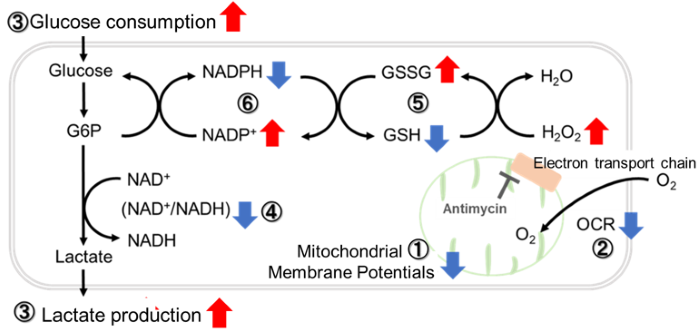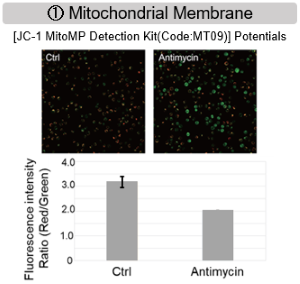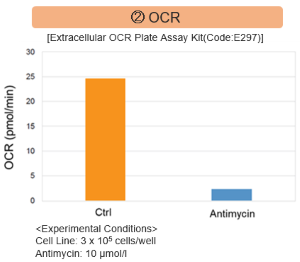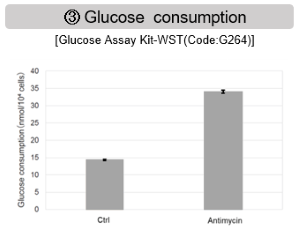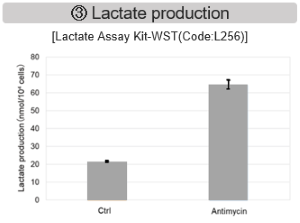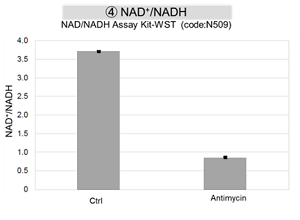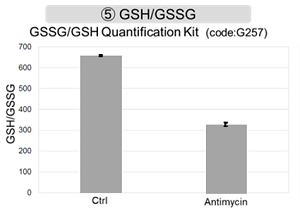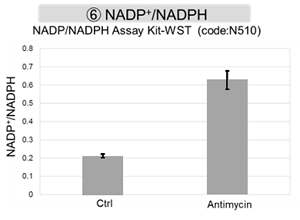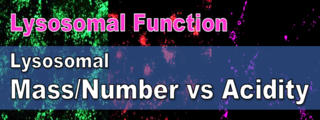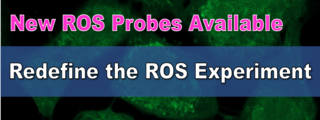Science Note
|
When Nutrients Are Limited, Cells Favor OXPHOS Over Proline Synthesis |
||||||||||||||||||||||||
|
Inhibition of the proline metabolism rate-limiting enzyme P5CS allows proliferation of glutamine-restricted cancer cells (Nature Metabolism, 2023) Highlighted technique: This study evaluated how cells adapt to glutamine deprivation by analyzing cell proliferation after suppressing P5CS. Isotope tracing revealed that inhibition of proline synthesis redirected glutamate toward de novo glutamine production. These approaches demonstrated a metabolic flexibility that allows cells to conserve glutamine and sustain growth under nutrient stress. Related techniques Glycolysis/OXPHOS Measurement, Cell Prolifelation Assa, Glutamine Assay Kit-WST |
||||||||||||||||||||||||
|
Cellular ATP demand creates metabolically distinct subpopulations of mitochondria (Nature, 2024) Highlighted technique: This study investigated how mitochondrial shape influences energy production by linking mitochondrial dynamics with oxygen consumption. Disrupting the segregation of the proline synthesis enzyme P5CS impaired OXPHOS, demonstrating that mitochondrial fusion and fission are essential for maintaining efficient respiration. Related techniques Glycolysis/OXPHOS Measurement, Extracellular OCR Measurement, Mitochondrial Staining |
||||||||||||||||||||||||
Related Techniques (click to open/close)
|
||||||||||||||||||||||||
Application Note (click to open/close)
|
||||||||||||||||||||||||
|
Antimycin stimulation of Jurkat cells was used to evaluate the changes in cellular state upon inhibition of the mitochondrial electron transport chain using a variety of indicators. |
The results showed that inhibition of the electron transport chain resulted in (1) a decrease in mitochondrial membrane potential and (2) a decrease in OCR. In addition, (3) the NAD+/NADH ratio of the entire glycolytic pathway decreased due to increased metabolism of pyruvate to lactate to maintain the glycolytic pathway, (4) GSH depletion due to increased reactive oxygen species (ROS), and (6) increase in the NADP+/NADPH ratio due to decreased NADPH required for glutathione biosynthesis were observed. Products in Use |
|
|
|




